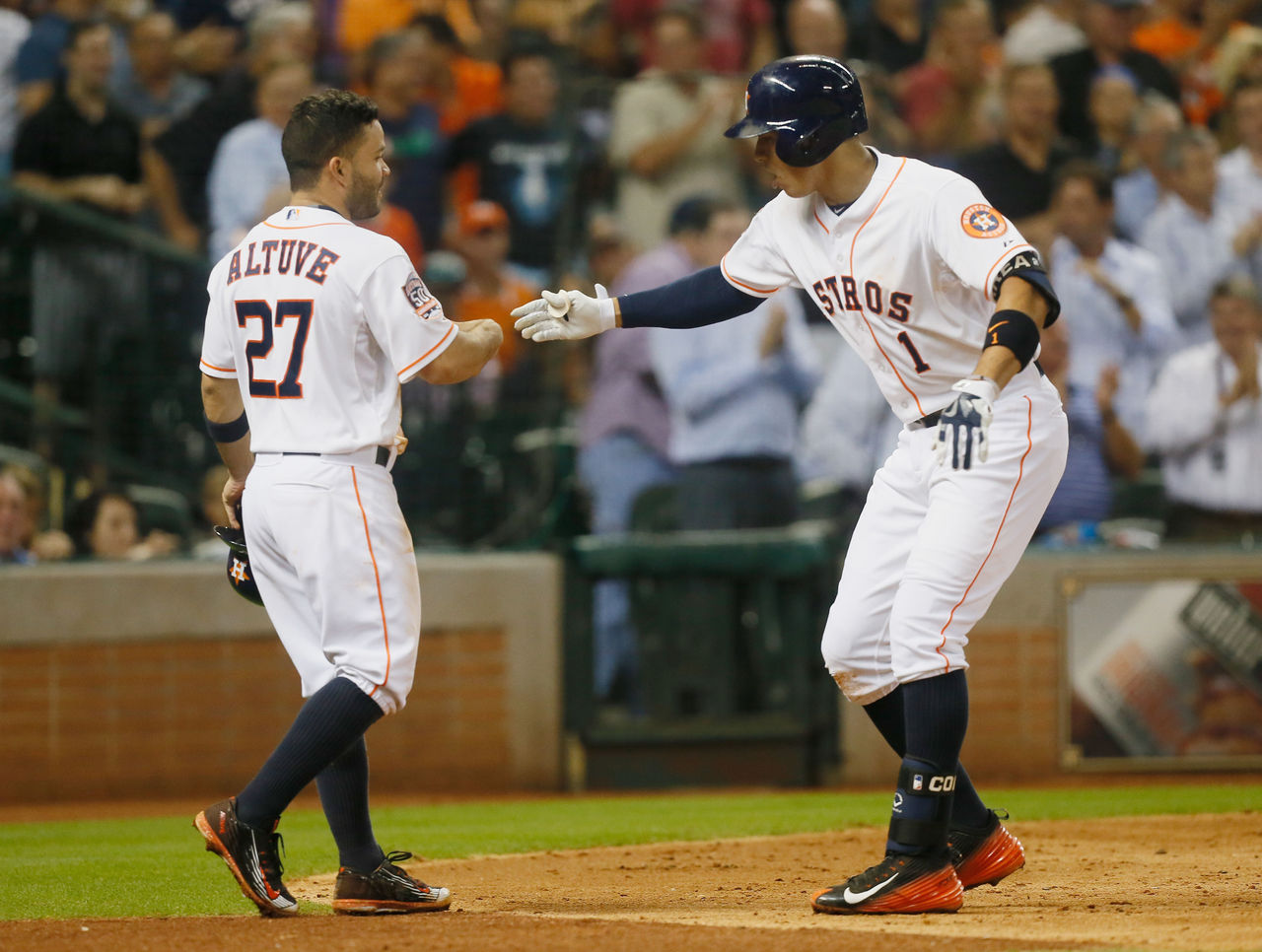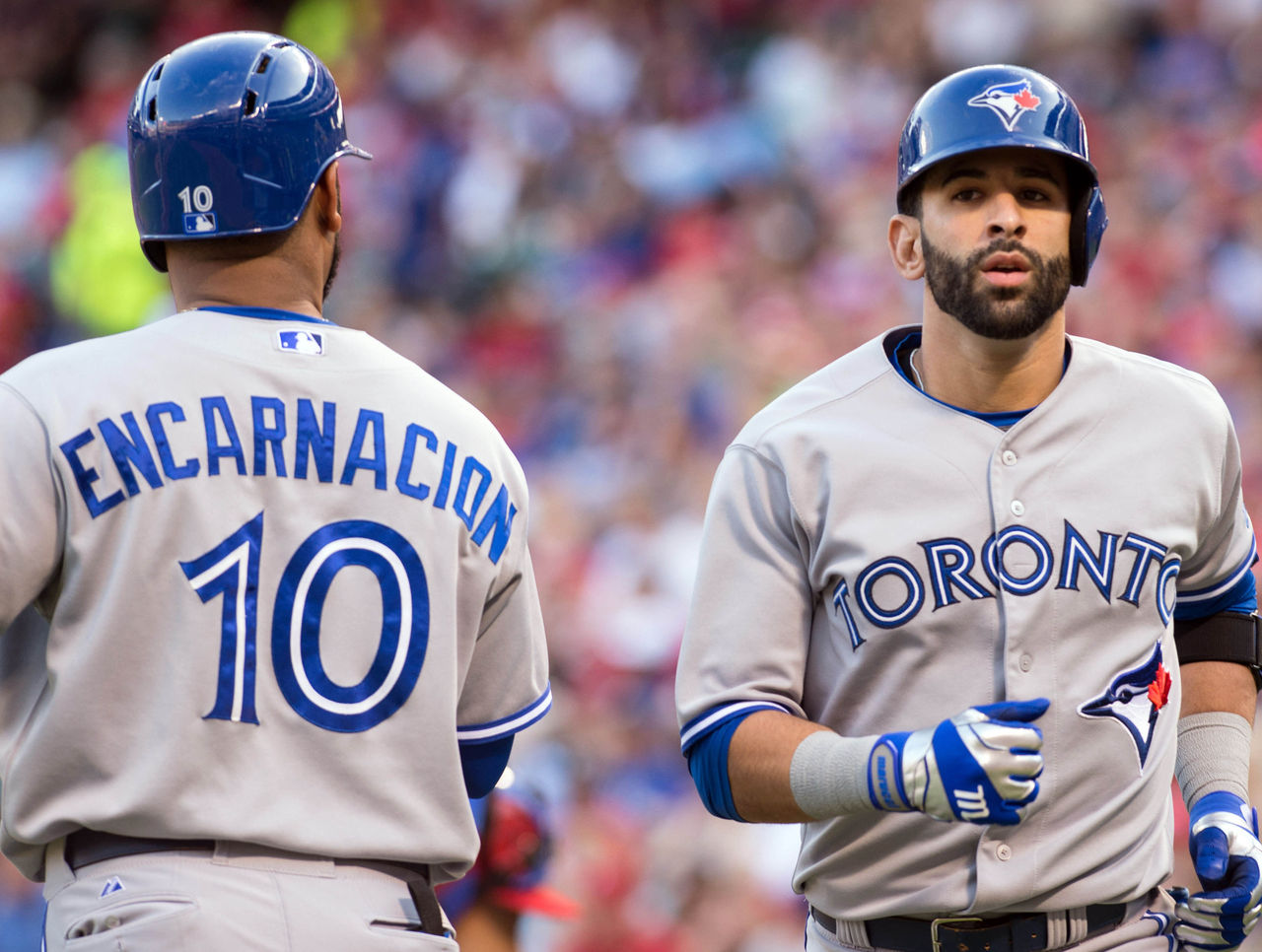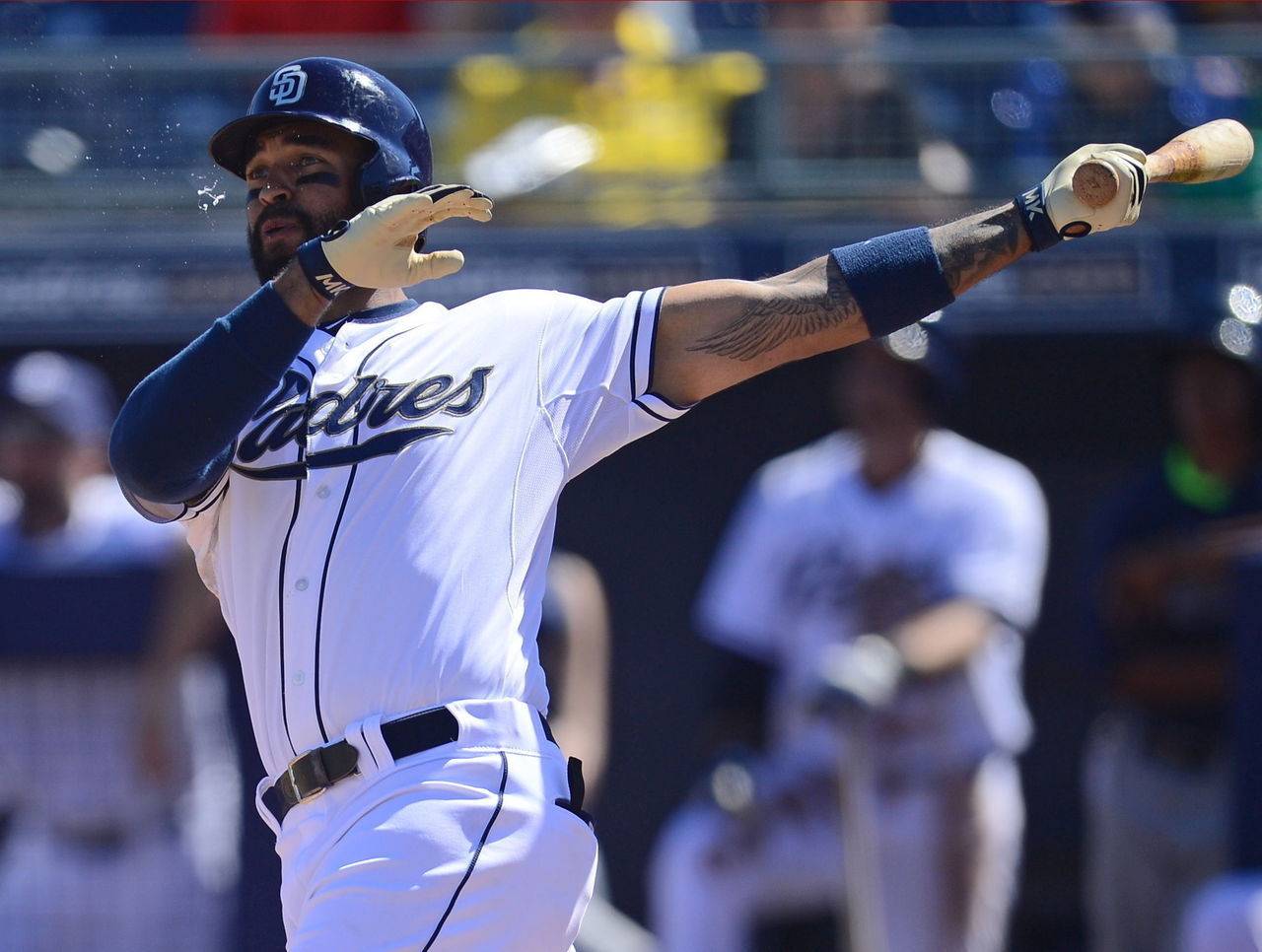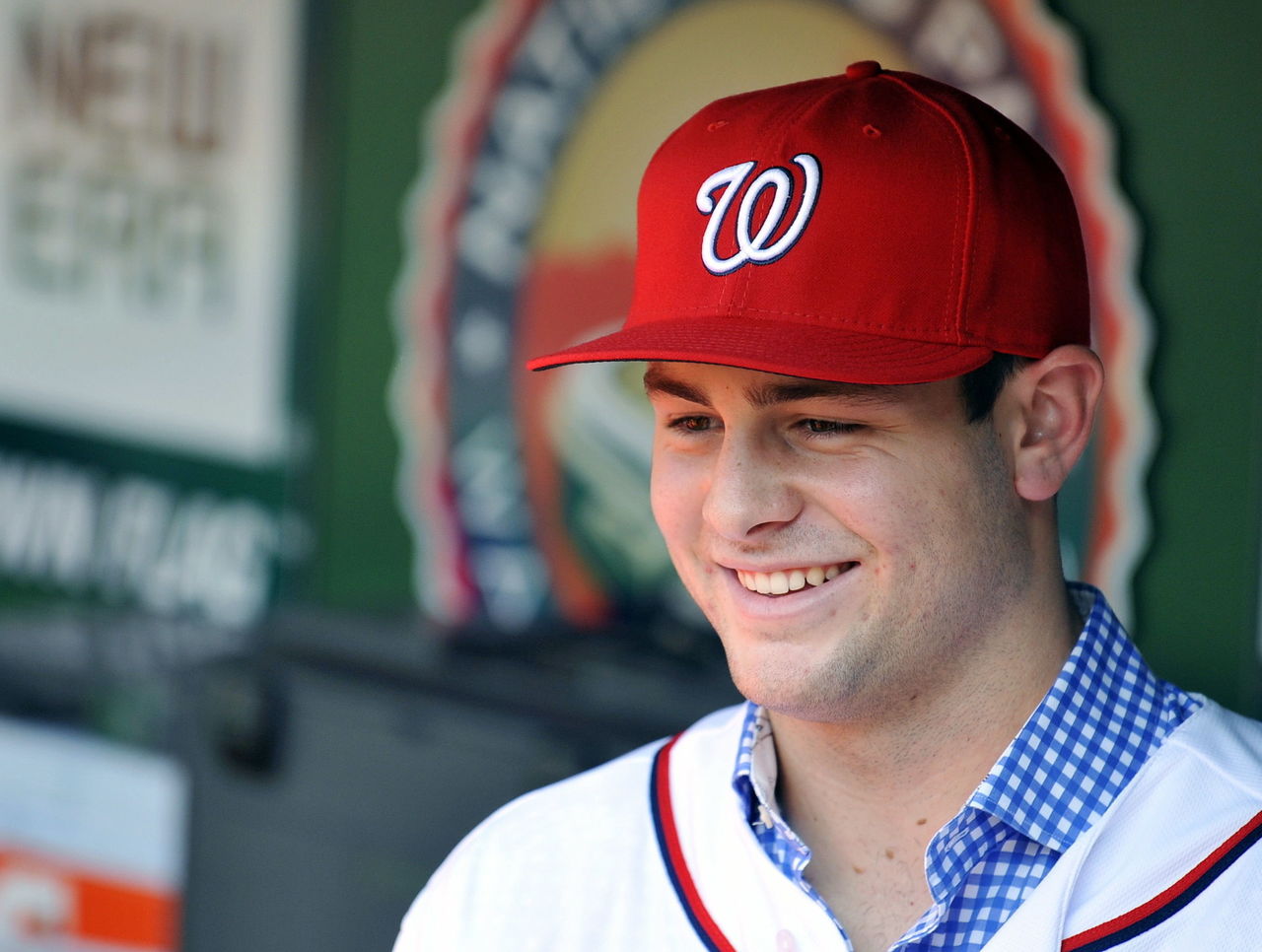Winning Round-by-Round Fantasy Baseball Draft Strategy
In the early days of season-long fantasy baseball, before the deluge of online resources and fantasy magazines, the majority of players had to scrounge for data - and their research often didn't extend past the first few rounds.
These days, if you don't have a sound game plan for every round of your fantasy draft, you're likely going to wind up at the wrong end of the standings by season's end.
Here's a handy guide on how to attack each section of your fantasy draft. The strategy in this guide applies to both head-to-head and rotisserie drafts, and is restricted to re-draft leagues:

Round 1: Best Player Available
This is as simple as it gets: Don't overthink things or get cute. Take the best player available according to the research you've done. The players taken in the first round tend to have the highest floors and ceilings, and have a proven track record of production. They're the pillars of your lineup.
Don't let popular opinion sway you, either. Do you think Clayton Kershaw should be your first pick, even in the No. 3 hole? Take him. Do you favor Nolan Arenado over Josh Donaldson? Great. It's your team, and your strategy - so remain faithful to it, particularly in the opening round.

Rounds 2-3: Establish Your Strategy
This is where you start getting a sense of how other teams have strategized for the draft. It isn't always obvious - like the guy who takes three starting pitchers with his first three picks - but it can give you some idea of what the competition has in store.
Make it clear which direction you're headed in with your next two picks. Do you want the best middle infield in baseball? Combine Jose Altuve and Carlos Correa. Do you love having a stockpile of power arms? Take Max Scherzer and David Price. This is where you start to choose your direction.

Rounds 4-5: Double Down on Your Plan
It's easy enough to extend your strategy here if the plan is to build a balanced lineup; simply fill the holes you have with the best players available. It's a little more challenging if the approach involves stacking your lineup or rotation; at what point do you break away and fill in the rest of your lineup?
The answer: Not yet. Use the fourth and fifth rounds to continue stockpiling players at the position(s) you want to be strong in, and do so confidently. A lineup featuring five potential All-Star bats gives you an overwhelming advantage in offensive counting statistics, and is a solid fantasy foundation.

Rounds 6-7: Do You Feel Lucky?
This is where it starts to get interesting. Most casual fantasy players have an aversion to leaving large swaths of their roster empty for too long, so you'll often start to see a shift to other positions at this point. And if that's the path you choose, so be it - but it doesn't have to be.
If you want a truly menacing offense, don't be afraid to devote two more picks to it - particularly if you still see plenty of offensive value on the board. On the flip side, if you want to continue loading up on starters, by all means - those assets will mean something, either to you or to someone else via trade.
The key here is confidence in your ability to find value plays at a position you forsake for the first third of a draft. If you believe you can still build a competent rotation later, then loading up on offense is savvy. Conversely, if you struggle with late value, you should probably opt for more early balance.

Rounds 8-10: Balance is the Thing
By now, you've either constructed a balanced roster or one which favors either hitting or pitching to some extent. Your goal here should be to begin to tip the scales in favor of a well-rounded lineup; lean too heavily on one set of fantasy stats, and it can become too difficult to balance things out in the end.
That doesn't mean you should completely forego offense if you've already built a powerhouse lineup. But if you see value pitchers available, now is the time to pounce. Even rotations built primarily with late-round picks need some sort of anchor, and this is a solid place to find one.

Rounds 11-13: Favor Floor Over Ceiling
While other fantasy players may begin reaching for prospects or other lottery tickets at this point, savvy owners seek out value in the more reliable year-to-year picks. Players like Matt Kemp aren't the sexiest choices, but they have solid floors and a minimal chance of completely flaming out.
If you've constructed an offense-heavy lineup, this is where you should probably seek out decent starting pitching options; not the Luis Severinos or Steven Matzes of the world, but rather the Hisashi Iwakumas and Scott Kazmirs. You know what you're getting, and that's a positive.

Rounds 14-16: Fill in Your Major Holes
By this time, you're probably still lacking in a few areas; even the most balanced team could use an upgrade somewhere. This is the time to fill in whatever major holes you have, while continuing to focus on immediate value over projected upside.
That all said, don't force yourself to fill every gap. If you have a catcher or middle infield spot you still haven't plugged, you can probably wait. The options available at this point won't change that much. Now is also a great time to bolster your pitching staff if you went offense-heavy earlier.

Rounds 17-20: Don't Be Afraid to Reach
This is a good time to begin taking chances on prospects. You won't have the best selection to choose from, but that doesn't matter - while others were aiming for the big payoff, you were slowly, steadily building a solid lineup that should provide consistent production across the board.
The best way to target prospects in this range is to look at those most likely to see a mid-season call-up. There's no sense investing in a player who *may* make the majors this year. And don't just reach for prospects, either; this is a good spot to take a chance on players dealing with long-term injuries.

Rounds 21-23 or Later: Round Out the Roster
With the core of your team now in place, it's time to fill out the remainder of your roster, either with solid bench options or with those last starters at thin positions like catcher or middle infielder. Few players chosen in these rounds make much of an impact, but that's no reason to get complacent.
Look for players with the highest upside, and hope for the best. You won't find many high-floor plays here, so you can afford to take a bit of a shot - particularly since players taken here have the lowest chance of staying on the roster. This is also a great spot to consider injured players.
HEADLINES
- Penguins trade Jarry to Oilers for Skinner, Kulak
- The Spurs are growing up, Keegan Murray is stuck, NBA Cup matters
- Dahlin, Thompson each have goal and assist as Sabres beat Canucks
- Jokic hangs 36 on Kings as Nuggets grab 11th straight road win
- Bowles eviscerates Bucs in expletive-filled rant after TNF collapse